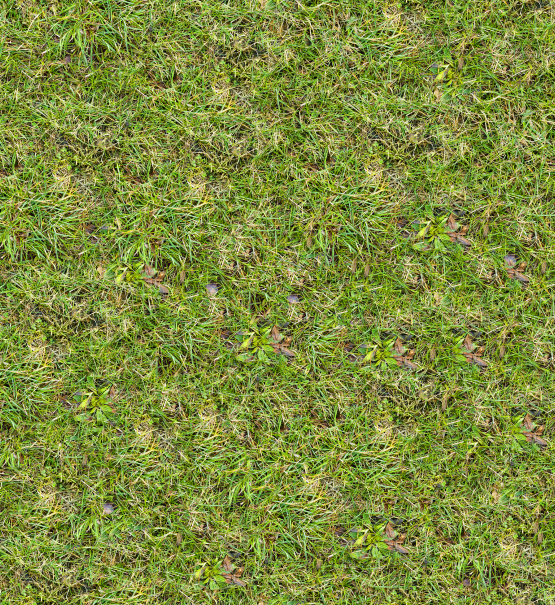
here’s nothing quite like a crisp, green lawn on a summer’s day. Not only does it look nice, but it can complement the rest of your home’s exterior. As the snow melts and your lawn is exposed, you might be unhappy to see bare or thin spots on your grass. Luckily, there are ways to maintain a healthy lawn and ensure it looks great year after year. It will take some work, however.
We’ll explain how to repair bare sod spots on your lawn so that your turf looks as good as new come summertime:
The repair process can’t really commence without identifying the causes of bare spots on your lawn. Rooting out these underlying issues will prevent repetitive problems down the line.
Some issues are often easy to determine. For example, rock salts used for de-icing during the winter can negatively affect grass growth. Moreover, snow removal equipment and pet urine can leave your lawn looking sad. However, some causes aren’t always so apparent.
Several issues can affect your lawn and leave bare spots, such as:
As the seasons move from winter to spring, melting snow and ice can clear your lawn of soil salts, meaning that de-icing and pet damage may hinder grass growth. Spring rains can also wash away soil salts on your lawn.
In some cases, nutrient deficiencies and pH issues will affect your soil, so you should test it early. Soil tests can determine if your lawn has the pH range for healthy grass growth. Soil that is too alkaline can make the surrounding grass patchy.
Understanding why your lawn’s surface has bare spots can help you decide the best course of action for lawn repair.
Before repairing those bare patches, start by mowing the damaged spots/surrounding lawn and removing the dead grass. This way, you expose the clean soil.
In some cases, you may need to level the soil. If so, add or remove topsoil, and use a garden rake on the bare spots to smooth the surface. Ensure that the soil is loose so that new seeds can take hold.
Avoid using pre-emergent herbicides or weed products to repair the bare spots. These products can deter seed germination and eventual rooting unless you continuously apply them at least five weeks before seeding begins.
Choose a repair mixture that pairs well with your climate, grass type, and sunlight exposure. If you want your lawn to look its best, you’ll need premium grass seed and moisture-retaining mulch to germinate and nourish emerging seedlings until the lawn is ready for routine care.
When applying the seeding mixture, smooth it over the soil. Apply it at a rate of one cup for every square foot. Why? Because it will allow sunlight to germinate your seedlings. Don’t worry about how deep you should plant the seeds, just cover the exposed soil as thoroughly as possible and water the seeding mixture.
Remember, watering your lawn is one of the most essential parts of repairing bare sod spots. If you use moisture-retentive mulch, it can reduce the evaporation of water on sunny days and prevent soil cracks from forming/exposing your roots to colder temperatures. Always keep an eye on the weather forecast and allow it to be a guide for your watering efforts. Keep the affected areas moist rather than soggy.
Seedlings can take up to 21 days to emerge after repair, so be as patient as possible. Once they’ve reached the recommended mowing height, you can begin watering them once a week or twice weekly.
If there’s a heavy amount of thatch or dead grass over your soil, loosen up the layers to expose the dirt.
Once the dirt is exposed, you will want to do the following:
If you plan to add more topsoil, you should start seeding in the late summer or early fall because topsoil carries a large number of weed seeds that sprout in the spring and summer months. Water the bare spots a couple of times each week for at least 3-4 weeks until the grass begins to sprout.
Caring for your lawn comes with a lot of trials and errors. Skip over the trouble and seek help from the professional lawn repair team at Cleanr Property Maintenance. We can ensure you’ll have one of the healthiest, greenest lawns in Winnipeg. Contact us today to begin the grass repair process.